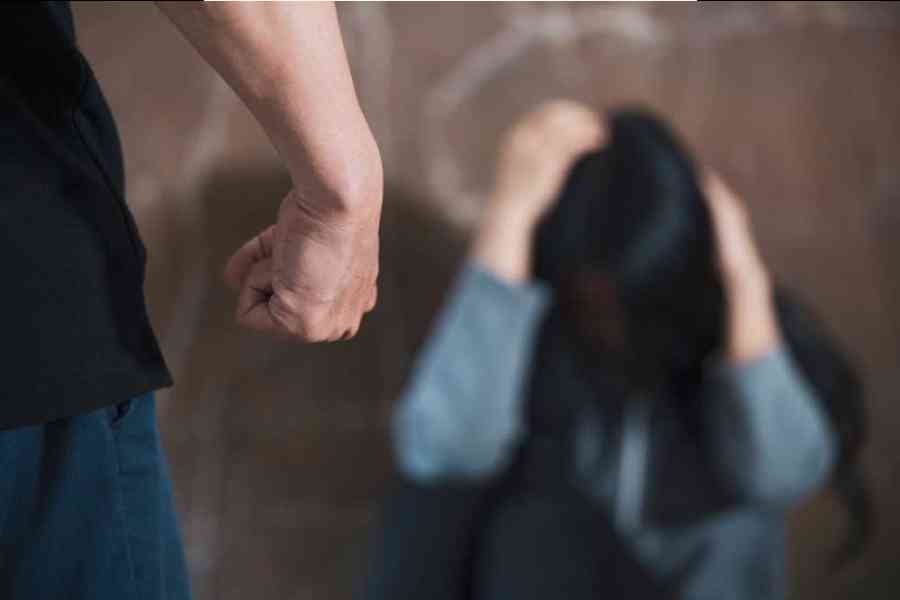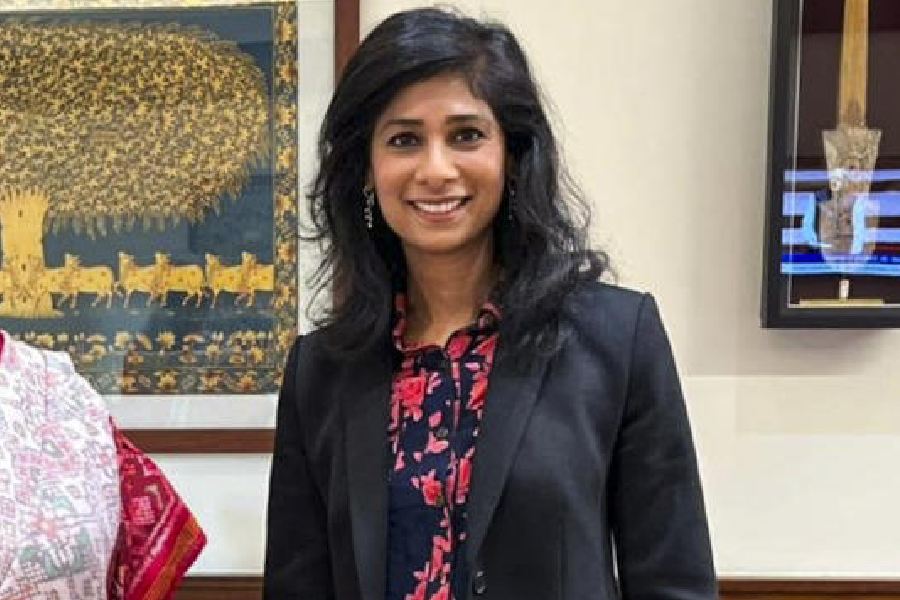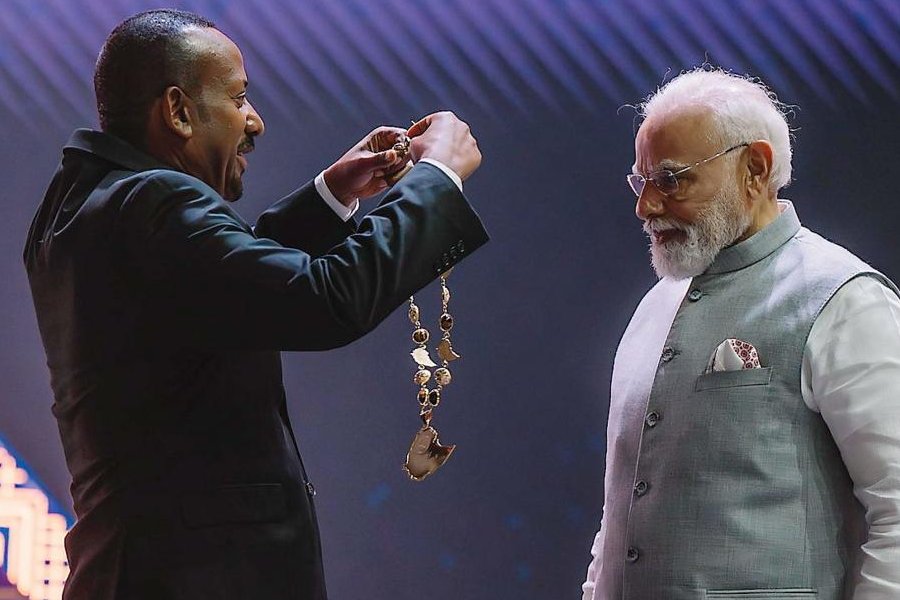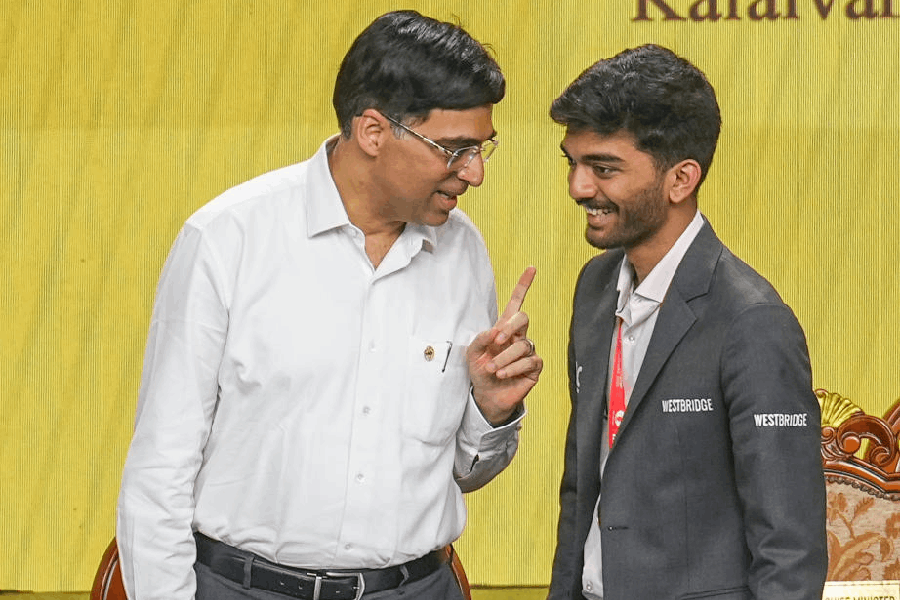The National Commission for Women registered over 6,900 complaints in the category, ‘Protection of Women from Domestic Violence’, in India in 2022. The Supreme Court has expressed anger and dismay over the dismal handling of the Protection of Women from Domestic Violence Act, 2005 wherein 4.7 lakh cases are pending across the country. If the PWDVA has to work to its full potential, we need to revisit its difference with the more popular and ill-famed Section 498A of the Indian Penal Code. The DV Act was formulated to reject the burden of Section 498A by moving away from the logic of stringent punishments for the perpetrator of violence to instead focus on the protection of the victim-survivor. The Act bridged formal law and informal mediation in the process of gender justice by including Protection Officers in the judicial process. Aggrieved women, especially poor women, face difficulties in accessing the legal system because of the lack of adequate information on which law to use, whom to approach, and the absence of financial resources.
In a survey conducted by the School of Women’s Studies, Jadavpur University in 13 districts of West Bengal that was supported by NCW, we found that aggrieved women resorted to legal help only when they could not endure more violence, or when they were thrown out of their homes, or they were badly injured and faced life-threat. Nine out of 10 women in the survey were married and did not want to move out of their marriage unless it was unavoidable. Most of them wanted their husband or other perpetrators to be given a scare such that the violence stops. Ninety-seven per cent of the 2,193 women participants had faced violence on a daily or weekly basis. Only 6% of the total sample had sought help immediately; the rest took help in the range between 1 and 10 years. They compromised with the violence because they were afraid that divorce or separation would result in the loss of financial support and shelter. They were also scared of bringing disgrace to the family.
What kind of violence did these women face? They faced economic violence (92%), emotional violence (99%), physical violence (93%), dowry-related violence (65%), forced sexual intercourse (41%), and were threatened with abandonment or divorce (55%), to name a few. They resorted to denial and active and passive defence to negotiate with and counter the day-to-day violence. For 7 out of 10 women who had an alternative place to stay (in most cases, the parental home was available from a few daysto a few months), it was slightly easier to escape the violence. However, 13% also reported facing violencefrom their parents where they were either forced to marry, forced to stay in the marriage, or were prevented from marrying a person of their choice.
Our study showed that in police stations, most of the DV cases were registered under 498A. Only 21% of the police interviewed in our survey had the required training on PWDVA. The findings revealed inordinate delays in getting dates of hearings and in providing interim relief for an Act that has set a time limit of 60 days for the disposal of filed domestic violence cases. The lack of proper data-collection mechanism for PWDVA cases at district, state and national levels and the absence of a monitoring and evaluation mechanism act as obstacles for the effective implementation of the legislation.
The onset of the pandemic has revealed the importance of dealing with domestic violence faced by marginalised women, especially those with poor mental health, psycho-social disabilities, along those with gender non-binary identities and sexual orientations. It is imperative to look at the important gaps in the socio-legal domains to ensure that women’s rights can be preserved as human rights. The law is moving away from punishing the perpetrator in favour of giving relief to women victims as citizen-subjects; but why is the DV Act not being given the priority that it deserves? When will the stakeholders of the ecosystem — family, community and State — ensure justice for the women who have been wronged?
Nandita Banerjee Dhawan teaches at the School of Women’s Studies, Jadavpur University










